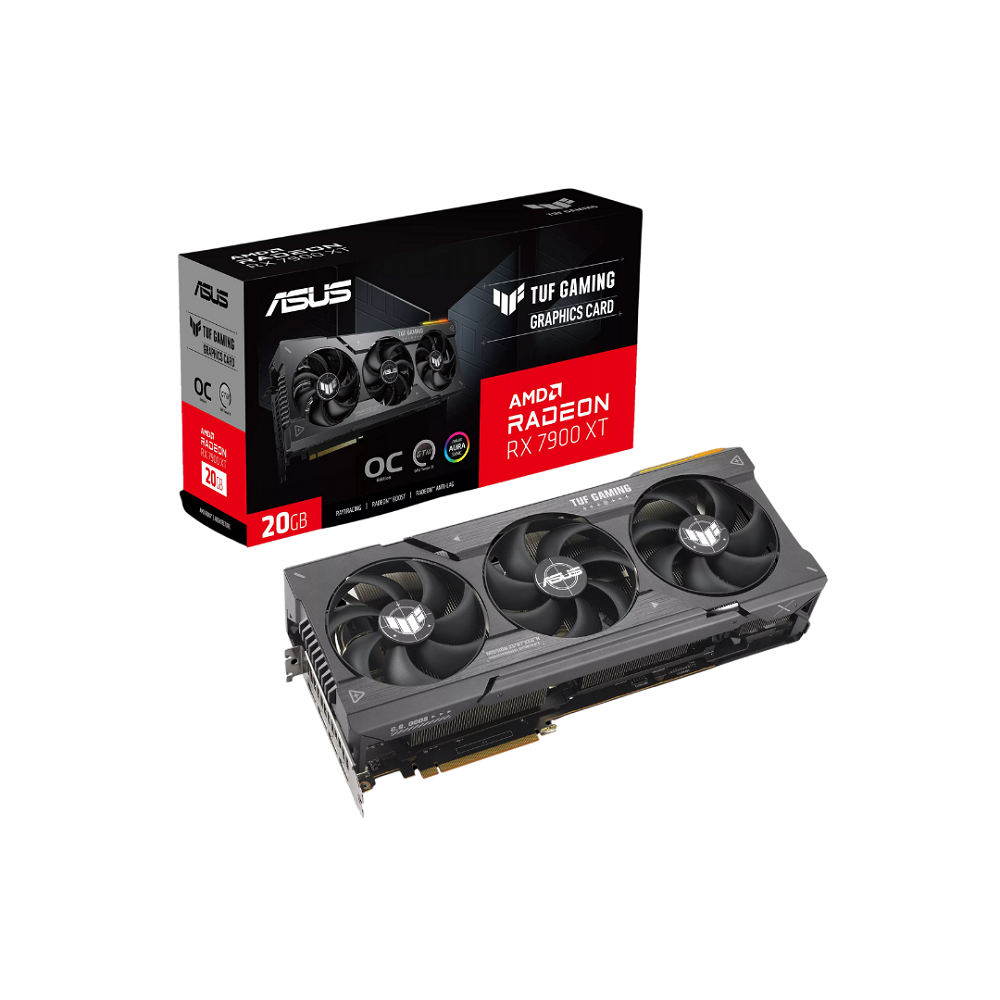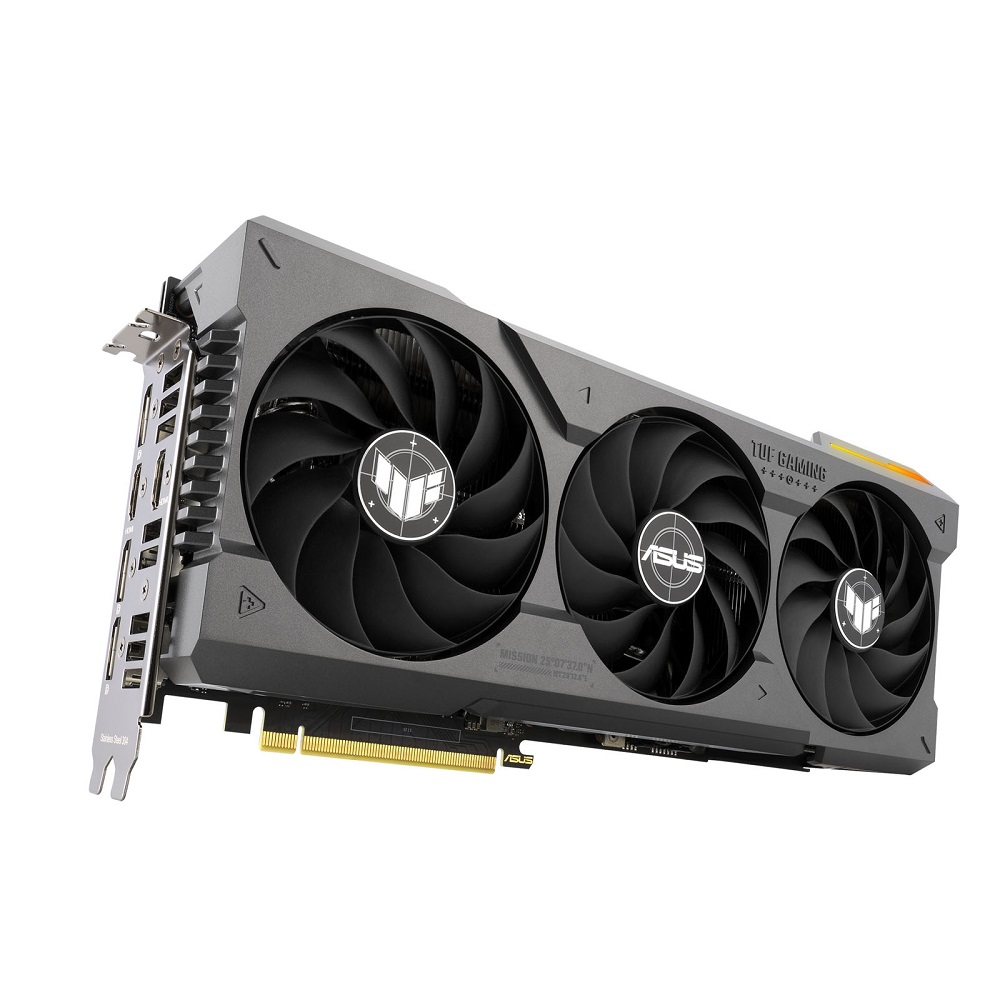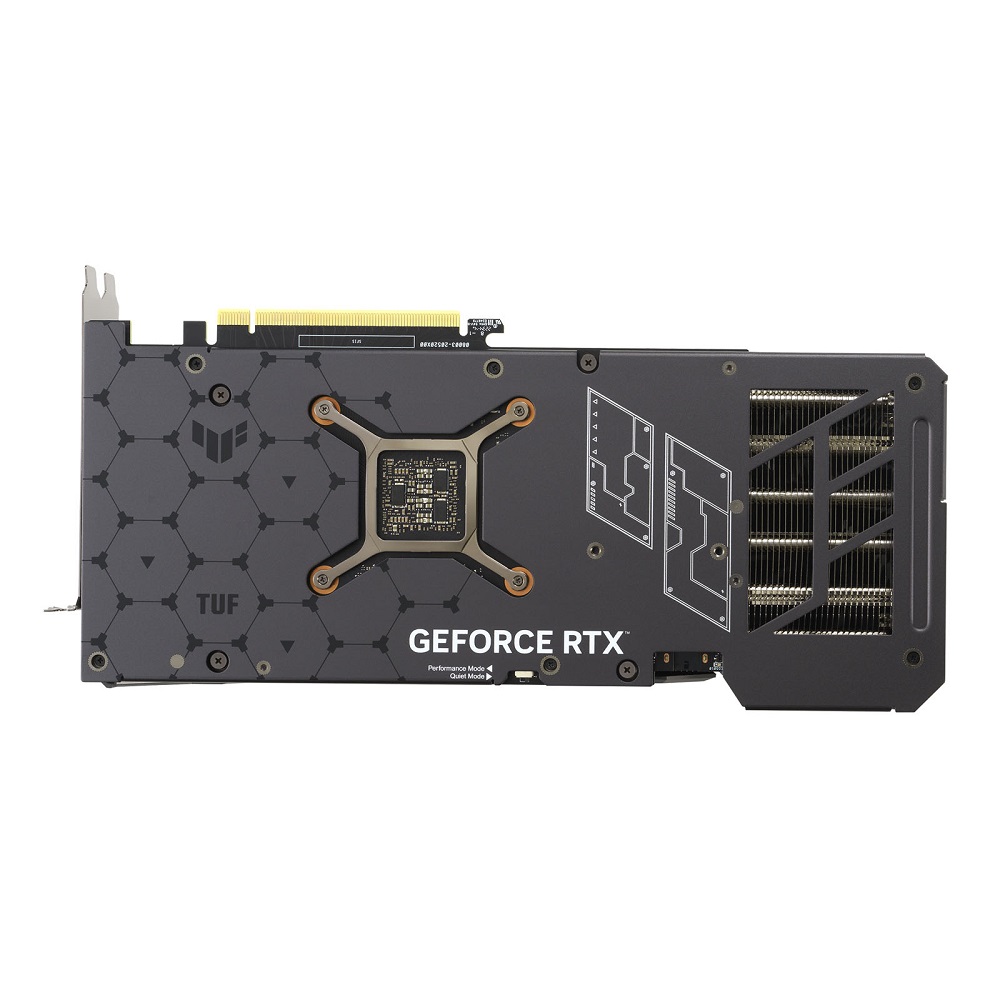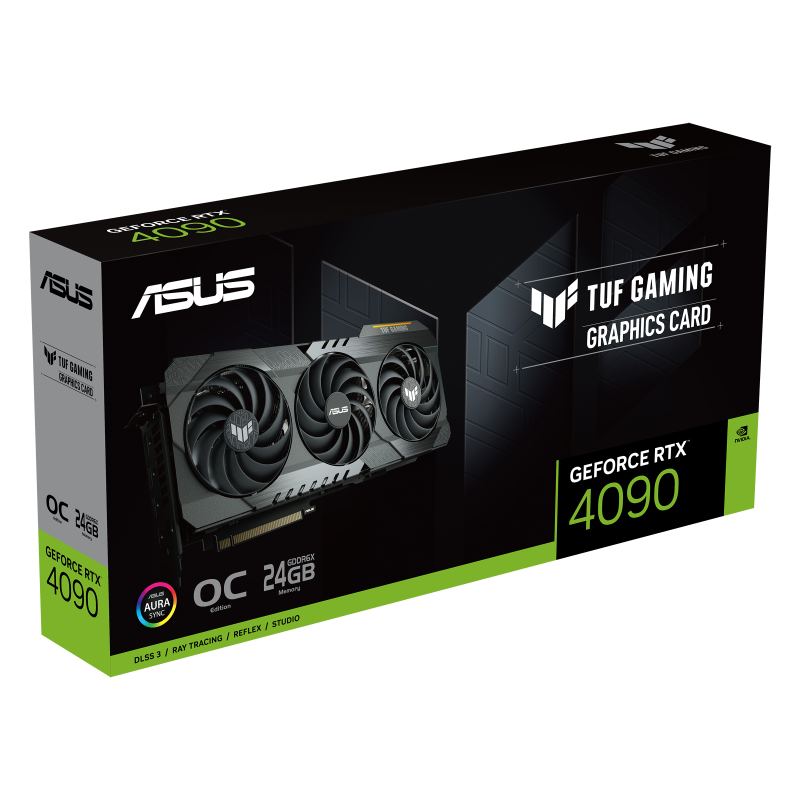Introduction to Graphics Cards
Graphics cards are essential for rendering images on your computer screen. They transform data into a visual format you can see. Most devices from desktop PCs to laptops include one. Whether for gaming, video editing, or everyday use, they play a key role.
Knowing your graphics card model is important. It helps with updates, troubleshooting, and upgrades. You might ask, ‘how to know what graphics card I have?’ There are easy ways to find out. This guide will cover these methods step by step. Keep reading to learn more about discovering your GPU details.
Methods to Determine Your Graphics Card Model
Finding out what graphics card you have is straightforward. Let’s explore the various methods applicable to different operating systems.
Using System Information on Windows
For Windows users, the ‘System Information’ tool is a handy feature. Press ‘Win + R’, type ‘msinfo32’, and hit ‘Enter’. In the window that appears, navigate to ‘Components’ and then ‘Display’. Here, you’ll see the details of your GPU, including the model.
Checking Through the Device Manager
Another route on Windows is through the ‘Device Manager’. Right-click on ‘Start’, select ‘Device Manager’, and expand the ‘Display adapters’ section. This will list the graphics card installed on your system. Double-click to view more information.
Utilizing Display Settings on Mac
Mac users can find their GPU model by clicking on the ‘Apple’ menu, selecting ‘About This Mac’, and then ‘Displays’. The graphics details will be displayed, including the model of the graphics card currently in use.
Running Terminal Commands in Linux
In Linux environments, terminal commands can provide GPU information. Open the terminal and type ‘lspci | grep VGA’ or ‘lspci | grep display’ for a quick look at your graphics hardware. This command lists all PCI devices, filtering for those related to display output.

Third-Party Software Options for Identifying GPU
When built-in system tools don’t suffice, third-party software can help identify your graphics card. These programs go beyond basic information, providing comprehensive details about your GPU. They can reveal clock speeds, temperature, and more. Let’s look at some reputable options.
GPU-Z and Other Diagnostic Tools
One reputed tool is GPU-Z. It’s a lightweight utility that offers a wealth of information. It displays GPU brand, model, memory size, driver version, and more. GPU-Z is user-friendly and supports both NVIDIA and AMD cards.
Other diagnostic tools like Speccy or HWInfo also provide in-depth system analysis. These applications show not just GPU details but also other hardware components. They give you a full overview of your system’s capability. Use these to know your graphics card and monitor system health.
Using Benchmarking Software to Find GPU Details
Benchmarking software serves dual purposes. It tests system performance and identifies hardware specifications. Programs like 3DMark or Heaven Benchmark are popular among gamers. They push your graphics card to its limits and provide detailed results, including the model name.
With these tools, you’ll not only determine ‘how to know what graphics card I have’ but also how well it performs. Regular use of benchmarking software can help you decide if it’s time for an upgrade. Remember, understanding your GPU’s capabilities improves overall computing experiences.

Importance of Knowing Your Graphics Card Specifications
Knowing your graphics card specs is crucial for several reasons. Whether you’re a gamer or a professional, updated knowledge about your GPU ensures you get the best out of your system.
Firstly, specific applications require certain graphics card capabilities. Knowing your GPU details helps determine if your system meets the software requirements. For instance, video editing software or advanced games often list minimum graphics card specs.
Secondly, driver updates are pivotal for getting optimal performance and new features from your GPU. Understanding your graphics card model allows you to download the correct drivers. Outdated drivers can cause system instability or poor graphics performance.
Thirdly, in case of hardware problems, knowing your GPU can help with troubleshooting. You can quickly find solutions or determine if a replacement is necessary by searching your graphics card model online.
Lastly, contemplating an upgrade is another moment when knowing your GPU is essential. By comparing your current card’s specifications with possible upgrades, you can make an informed decision. This ensures a worthwhile investment brings the desired performance improvement.
To sum up, identifying your graphics card not only facilitates better software compatibility but also enhances overall system management and future planning. It’s a step that should not be overlooked by any user looking to maintain or improve their computing experience.
Upgrading Your Graphics Card: What to Consider
When thinking about upgrading your graphics card, several factors come into play. Here are crucial points to consider before making a decision:
- System Compatibility: Ensure your PC’s motherboard and power supply can support a new GPU. Some graphics cards need more power or specific connectors.
- Performance Needs: Assess what you need from a graphics card. Gamers require high performance for smooth gameplay, whereas for general use, a less powerful card may suffice.
- Budget: Graphics cards range from affordable to very expensive. Decide how much you are willing to spend. Remember, the most expensive option is not always the best for your needs.
- Future-proofing: Consider purchasing a card that will remain effective in the coming years. This means it should handle upcoming software and game releases well.
- Physical Space: Make sure there is enough space in your computer case for the new card. Some high-end GPUs are quite large.
- Cooling System: Powerful graphics cards can generate a lot of heat. Check if your current cooling system is adequate or if you need an upgrade.
- Resolution and Refresh Rate: Your monitor’s resolution and refresh rate should match the card’s capabilities to avoid bottlenecks.
- Connectivity: Check the available ports on the GPU. It should have the right outputs for your display (HDMI, DisplayPort, etc.).
By keeping these points in mind, you’ll be better equipped to choose a graphics card that meets both your current and future needs, without overspending or buying something incompatible with your system. Always remember, knowing your current graphics card model is the starting point for considering an upgrade, as it sets the baseline for comparison.

Troubleshooting Common Graphics Card Identification Issues
When you try to identify your graphics card, you might run into some hurdles. Here are common issues and how to fix them.
The Device Manager Doesn’t List My Graphics Card
If your device manager doesn’t show the GPU, it could be a driver issue. First, check if the card is properly seated in its slot. If it is, try reinstalling the drivers. You can download them from the manufacturer’s website.
‘System Information’ Shows Incorrect Details
Sometimes, ‘System Information’ may display incorrect GPU details due to outdated data. To fix this, update your system by running Windows Update. It can also help to restart your computer and check again.
Mac Display Settings Are Vague
Mac’s ‘About This Mac’ may show generic info rather than specifics. If you need more details, use a third-party tool like GPU-Z. This can provide the in-depth information you require.
Terminal Commands Don’t Show Anything in Linux
For Linux, if terminal commands return no info, you may need to update your system’s PCI utilities. Try installing or updating ‘lspci’ to get accurate results.
By knowing these tricks, you’ll be less likely to hit a wall when trying to find out how to know what graphics card I have. With a bit of patience and the right approach, identifying your GPU shouldn’t be a daunting task.
